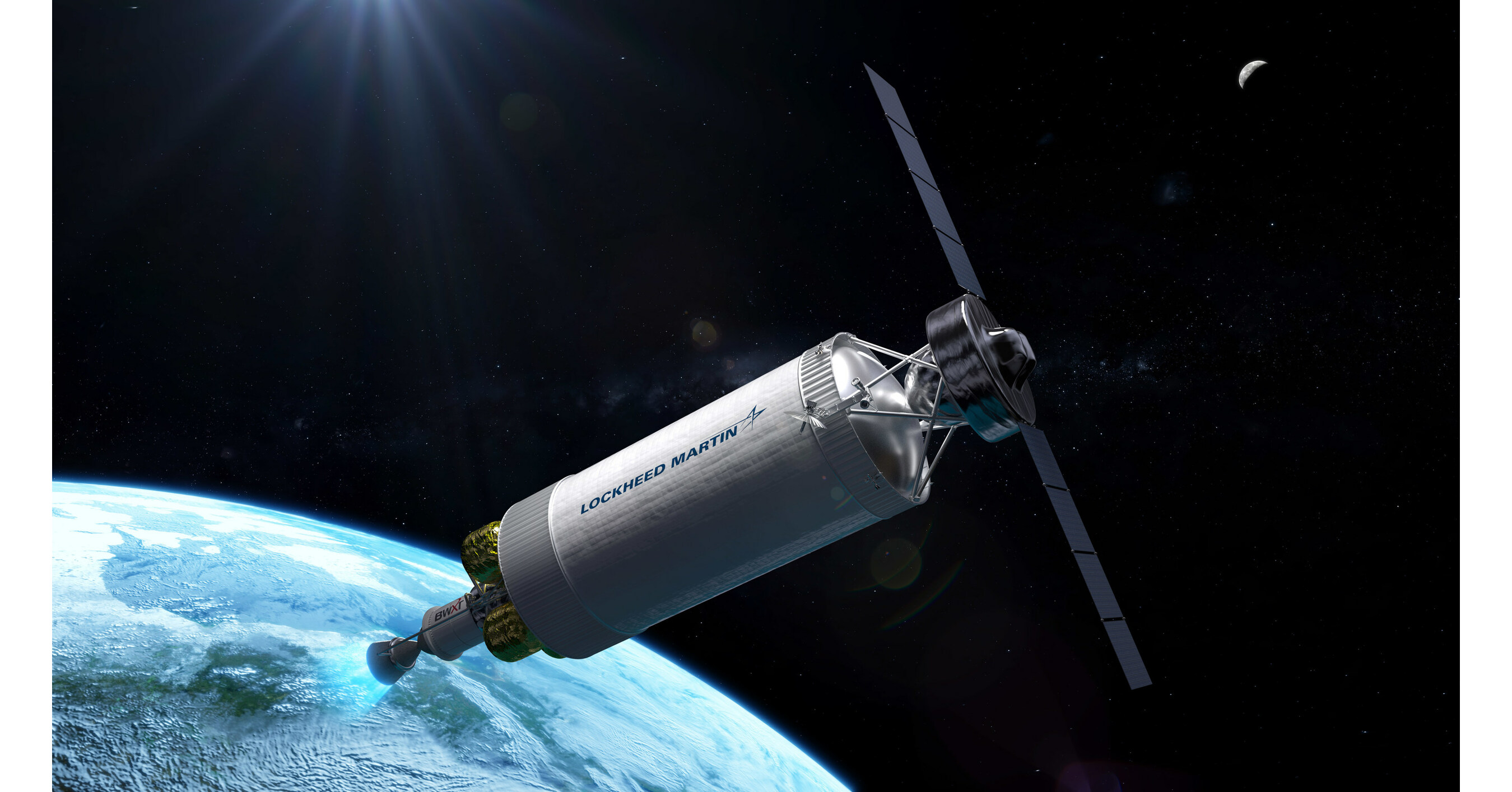SLS plus Orion is the only vehicle combination that can get astronauts to the Moon right now.I also expect that within 4 years SLS will be cancelled and Starship will be employed, as by then the obvious massive cost savings will be an irresistible lure given the very high cost of lunar base infrastructure.
The Chinese are planning to go to the Moon with their Long March 10 rocket, which can get 27 tons to Trans Lunar Injection (TLI). They're going to use two flights to get the crewed spacecraft and lunar lander to the Moon separately, where they'd rendezvous. Much like Artemis.
If SLS is cancelled, then Orion is dead in the water. Something would have to be adapted.
Perhaps the simplest hybrid of Starship and Orion is to launch an uncrewed Orion stack in Starship. Launch the crew in Dragon. Deploy Orion from Starship, and then the crew transfers over. A new kick stage would be added to the Orion stack to get to Moon orbit. Then you have the separate mission of launching HLS Starship, refueling on orbit, and going to the Moon to take the crew to the surface and back. Return in Orion per Artemis plans.
Note that the kick stage for Orion could be arbitrarily large. The Orion stack is 26.5 tons, leaving over 100 tons for the kick stage.
If you're thinking that Starship would be human rated in four years, then we're still stuck. I believe Starship would need to be tanked at the Moon. The great appeal of Orion is that relatively little mass has to be moved around on the return trip. Until we have a propellant depot at a given destination, return trips with Starship are impractical.





